Operating a valve bag filling machine efficiently is crucial for a smooth and productive packaging line. While the specific steps can vary depending on the machine's manufacturer and level of automation, the core principles remain the same. This guide will walk you through the essential steps and best practices for running a valve bag filler safely and effectively.
Understanding the Machine and its Components
Before you begin, it's vital to have a clear understanding of the valve bag filling machine itself. A typical setup includes:
-
Hopper: This is the container that holds the bulk product (e.g., cement, flour, chemicals) before it's dispensed.
-
Filling Spout: The nozzle where the product flows into the valve bag. It's designed to fit snugly into the bag's valve to minimize dust.
-
Weighing System: A crucial component that accurately measures the product as it's being filled to ensure each bag meets the specified weight.
-
Control Panel (HMI): The operator interface where you can set parameters like target weight, monitor the filling cycle, and address errors.
-
Feeding Mechanism: This is the core technology that moves the product from the hopper to the bag. Common types include:
-
Auger Packers: Use a screw to move and compact the product. Ideal for powders and granular materials.
-
Impeller Packers: Use a spinning impeller to "sling" the product into the bag. Best for fine, dense materials like cement or grout.
-
Air Packers: Use low-pressure, high-volume air to fluidize and convey the product. Great for finely powdered materials.
-
Bag Clamp/Holder: This secures the valve bag to the filling spout during the filling process.
Step-by-Step Operating Guide
1. Pre-Operation Checklist
Before starting the machine, perform a thorough check to ensure everything is ready for a safe and efficient run.
-
Inspect the Machine: Visually check for any loose parts, obstructions, or damage. Make sure all safety guards are in place.
-
Verify Product Supply: Confirm that the hopper has an adequate supply of product.
-
Calibrate the Weighing System: Ensure the scale is properly zeroed and calibrated for accurate filling. Inconsistent weights can lead to costly product waste or customer dissatisfaction.
-
Prepare Bags: Have a stack of empty valve bags ready and in good condition. Check for any tears or defects that could cause a mess or a rejected product.
2. Setting Up the Filling Cycle
The machine's control panel is where you'll define the parameters for the filling process.
-
Input Target Weight: Enter the desired weight for each bag (e.g., 50 lbs or 25 kg).
-
Set Filling Parameters: Based on the type of product, you may need to adjust settings for fill speed, densification, and the feeding mechanism to optimize the flow and ensure a tight, stable bag. For instance, some fine powders may require a slower fill to prevent air pockets.
-
Perform a Test Run: Run a single bag to confirm that the weight is accurate and the process is running smoothly before starting a full production run.
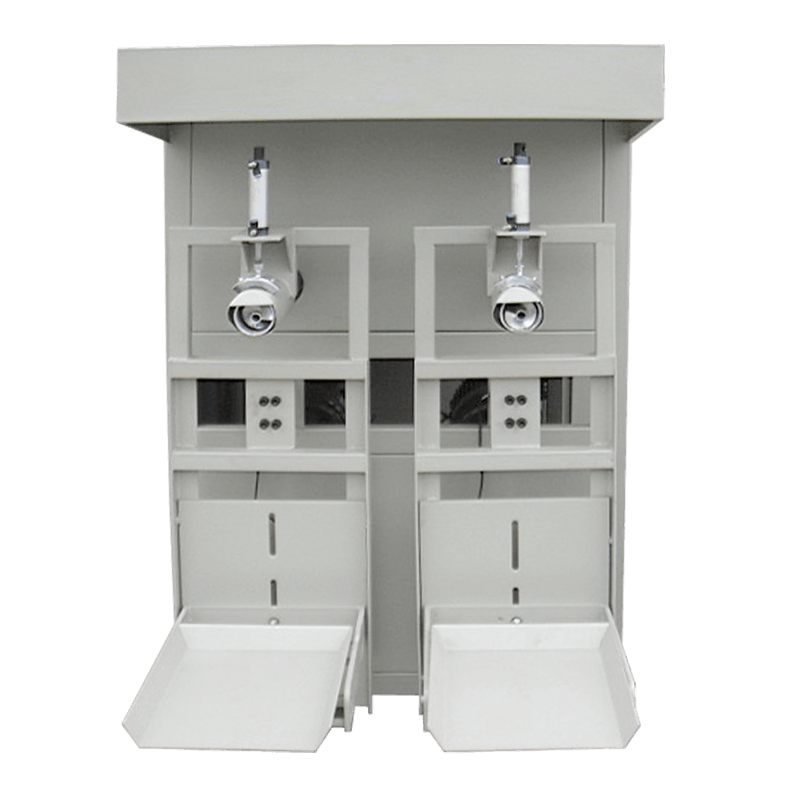
3. The Filling Process
This is where the operator's role becomes crucial, especially in semi-automatic systems.
-
Place the Bag: Manually or with a robotic arm, place an empty valve bag onto the filling spout. Ensure the valve opening is securely positioned over the spout.
-
Initiate the Cycle: Press the start button to begin the filling process. The machine will clamp the bag, and the feeding mechanism will dispense the product.
-
Monitor the Fill: Keep an eye on the weight indicator. The machine will automatically stop once the target weight is reached.
-
Discharge the Bag: Once filled, the bag clamp will release, and in many systems, a kicker or conveyor will gently push the filled bag onto a conveyor for the next stage of the packaging line. The design of the valve bag allows it to self-seal under the weight of the product, eliminating the need for a separate sealing step.
4. Post-Operation and Maintenance
Proper shutdown and routine maintenance are essential for the longevity and reliable performance of your valve bag filling machine.
-
Shutdown Procedure: Follow the manufacturer's instructions for a safe shutdown. This typically involves clearing any remaining product from the machine and powering it down.
-
Cleaning: Regularly clean the hopper, filling spout, and surrounding areas to prevent product buildup and cross-contamination.
-
Troubleshooting: Be familiar with common issues like inconsistent weights, slow filling, or bags not releasing correctly. The machine's manual and manufacturer support are your best resources for resolving problems.
Safety is Paramount
Always prioritize safety. Wear appropriate personal protective equipment (PPE), such as safety glasses, gloves, and a dust mask. Never bypass safety interlocks or operate the machine without proper training.
By following these steps and maintaining a keen eye on the machine's performance, you can ensure a reliable, efficient, and safe packaging operation with your valve bag filling machine.


 English
English Español
Español عربى
عربى
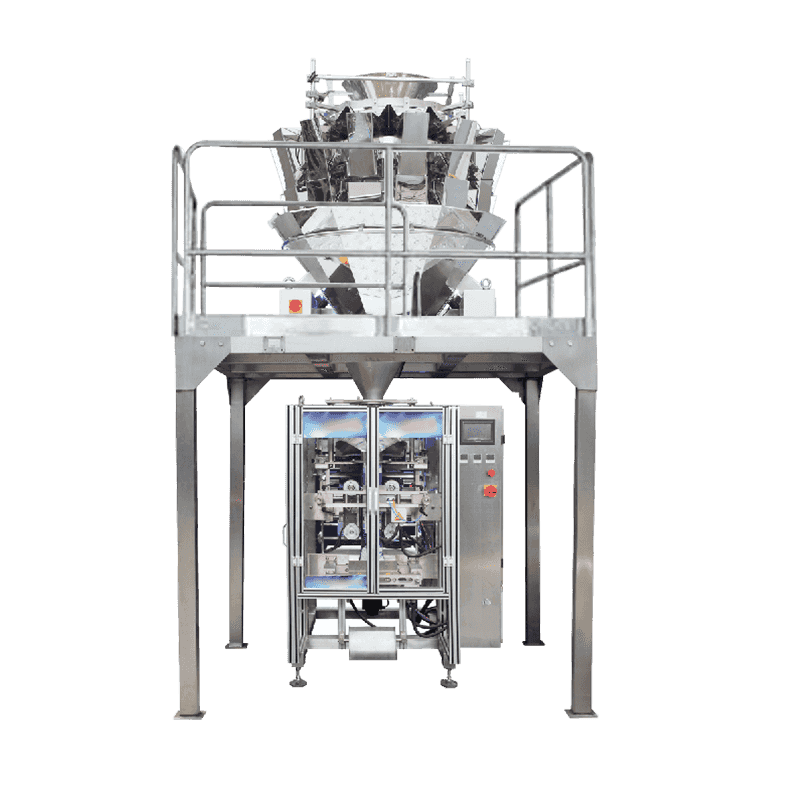
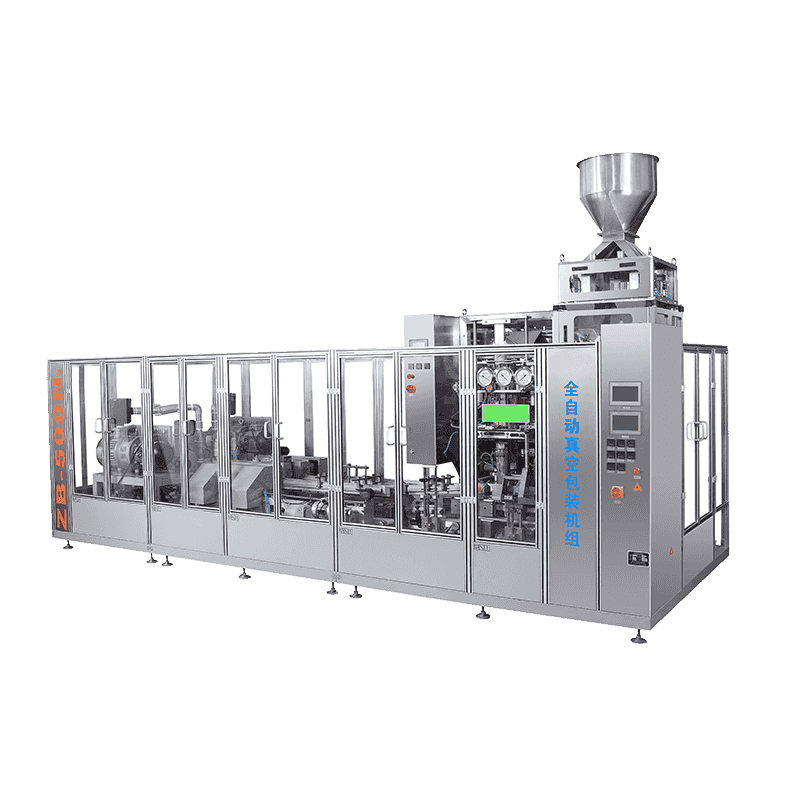
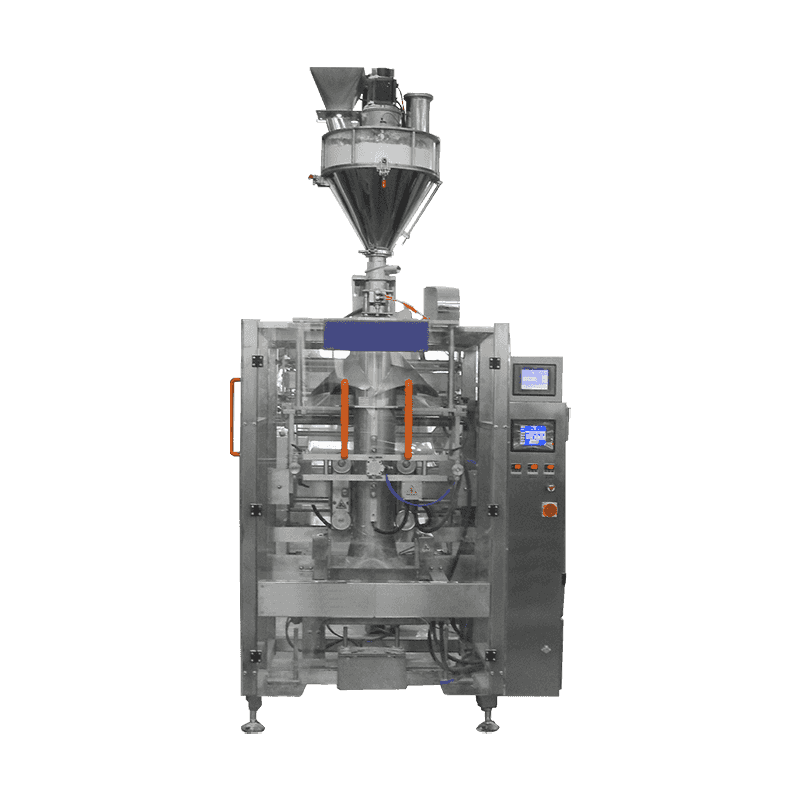
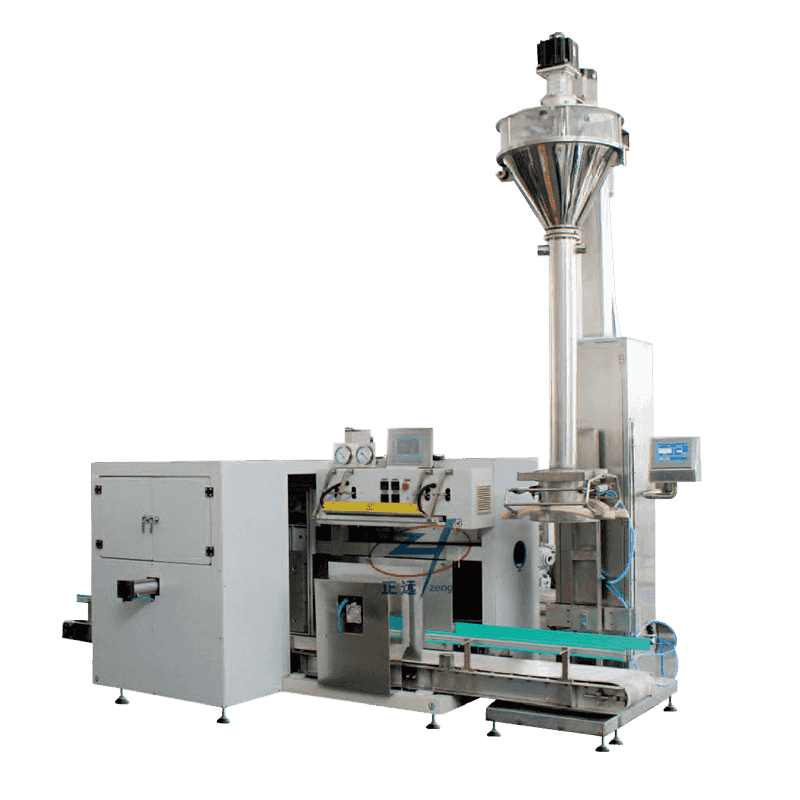
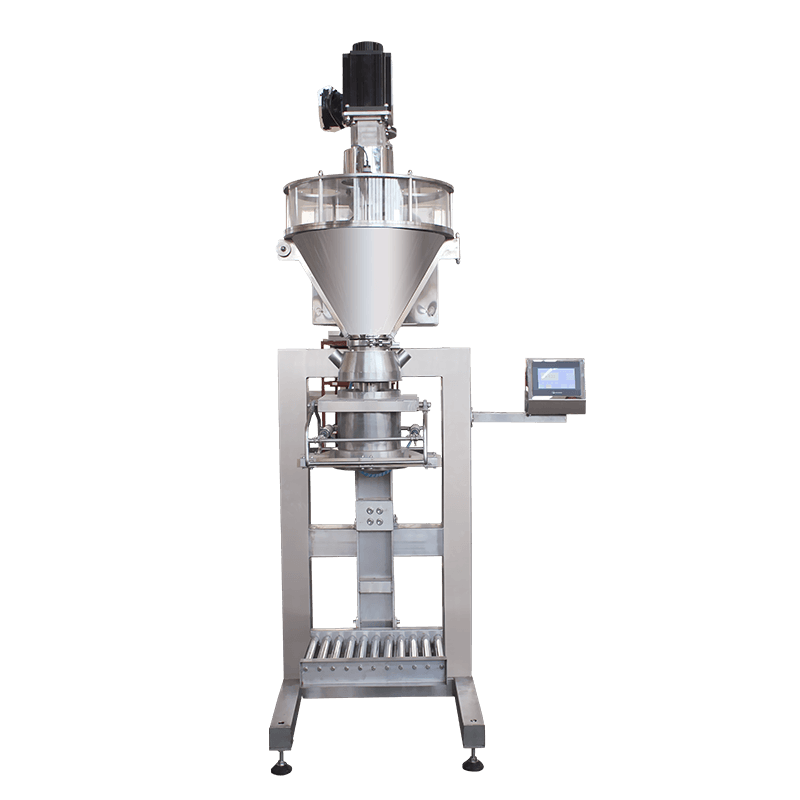

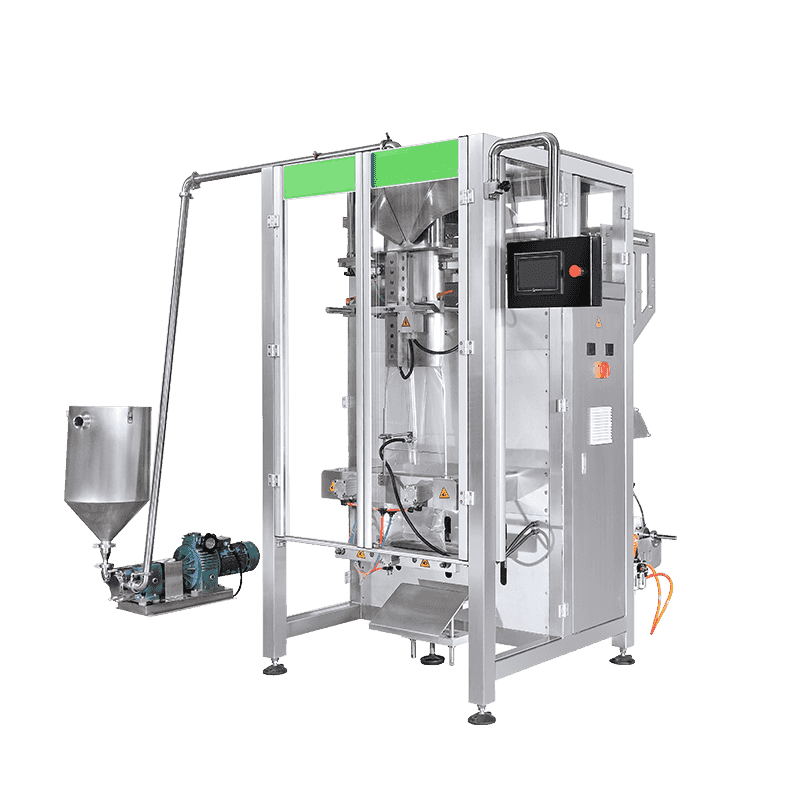
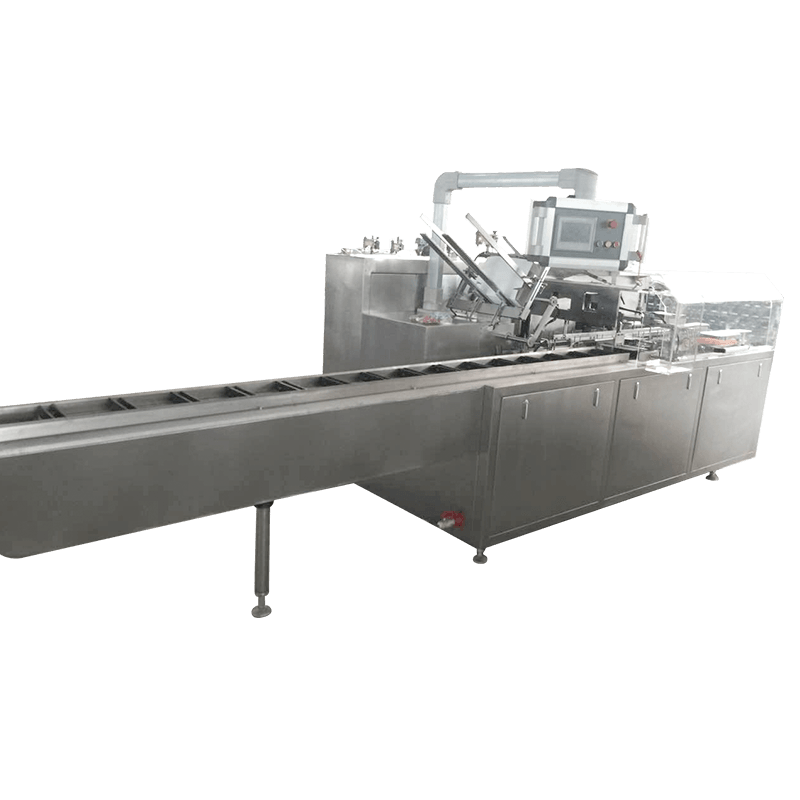
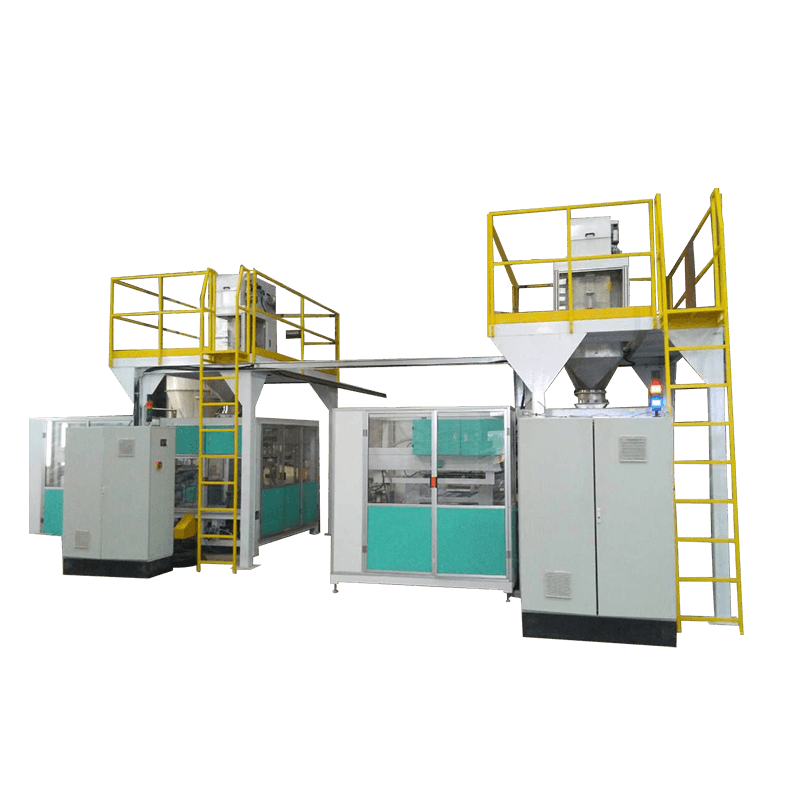
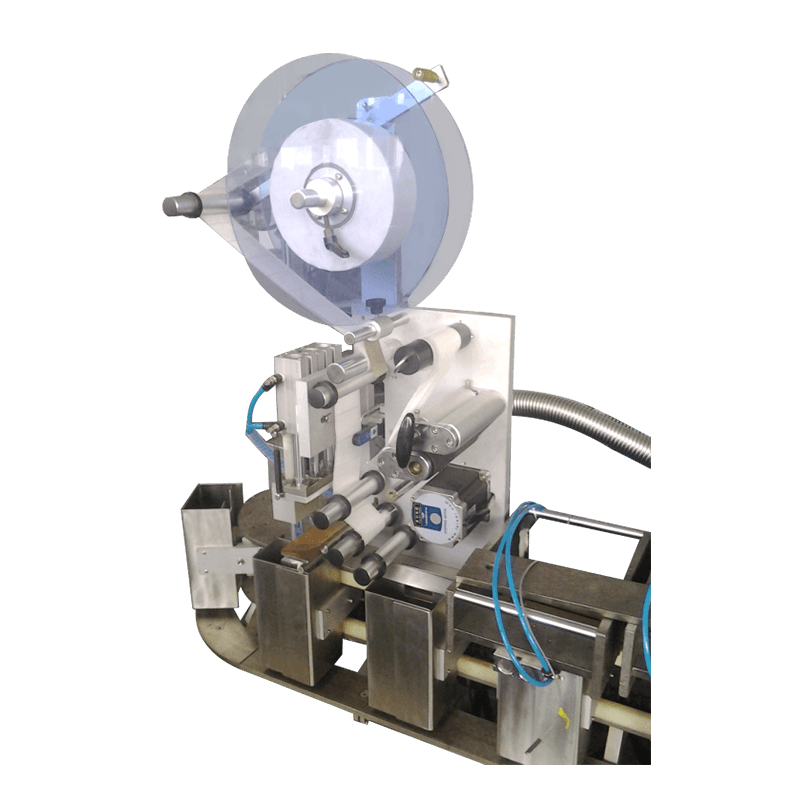
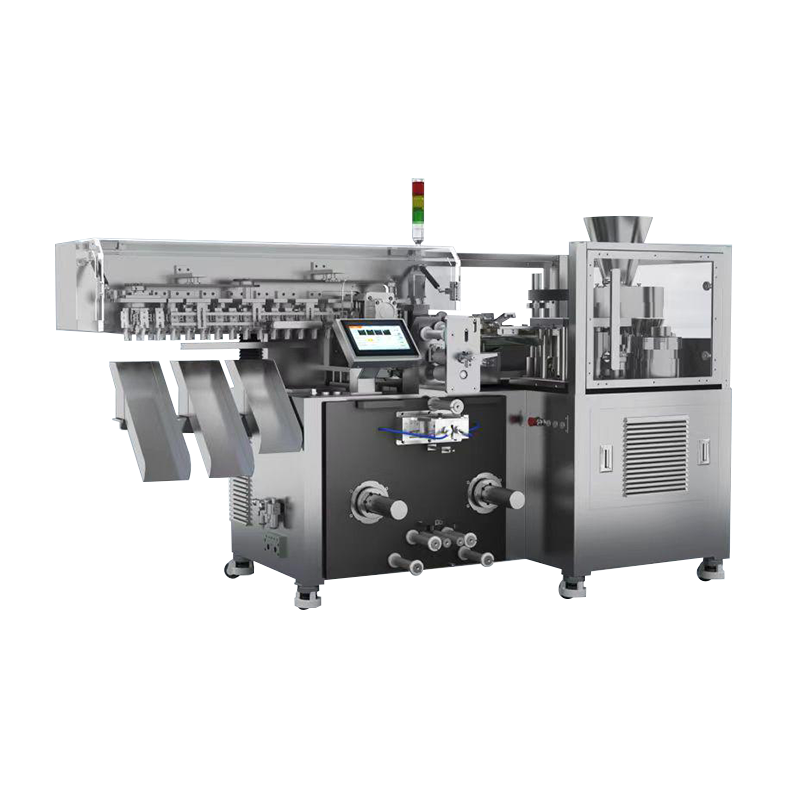


Contact Us